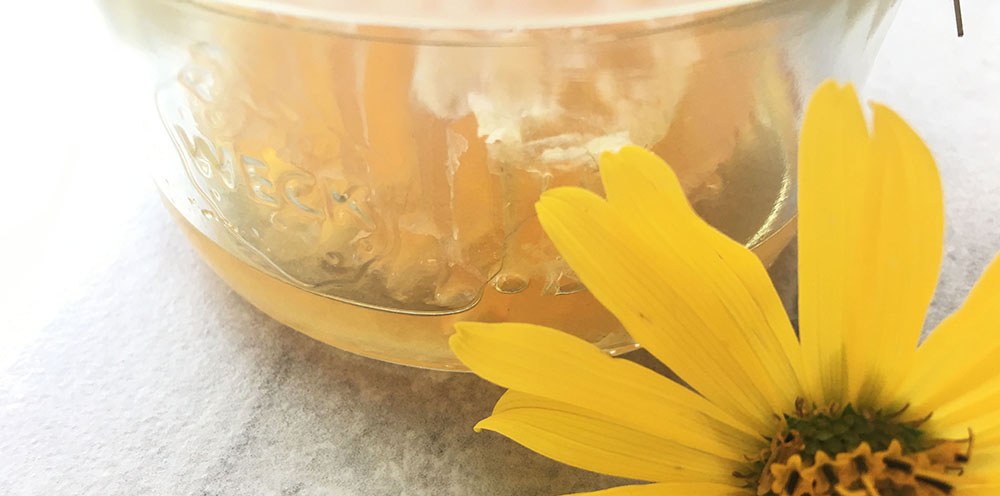Japanese Beetle
Greetings!
Many of you are asking about the metallic brown/black beetles that are all over your bean plants, roses and grapevines. These are the much despised Japanese Beetles, and they are everywhere.

Japanese Beetle. Too bad they can’t just be earrings.
Earlier in the spring, I was really hopeful we wouldn’t see too many of them because I didn’t find too many JB grubs in the ground. (Their grubs are the white ones with the orange faces.) They over-winter underground and start to emerge late June-mid July where they start a gluttonous party that would put the revelers of Dionysus to shame.

Dionysus. Like the Japanese Beetles, he’s got your garden by the grapes.
JB’s will notoriously go after just about anything edible, and even some things that aren’t. Gardener chat sites are filled with discussions about them, any gardener that has had the “pleasure” of hosting a season of beetle feasting knows just how voracious the bugs can be. And has likely discovered a new depth of dislike toward these pests.
Unfortunately, there is no good, one swipe kills all method to getting rid of these pests. There are some things you can do to manage them though.
The most proven method is to take a bucket of soapy water around your garden and knock the little humdingers in. (I’ll be going around doing some of that this week.) The soap and water kills them, and some believe the dying beetles emit a chemical scent that may ward off other beetles from the area. Unfortunately, the beetles don’t seem too bright (and, actually, thankfully too, as they are much easier to catch.) and the temptation of the edibles seems to override their better judgement, and they still come in.
Another way to dispatch them is to squish on sight. (They’re crunchy; it can be therapeutically satisfying.)
Japanese beetles lay their eggs underground, where they over-winter and turn into grubs in the spring. Some gardeners have had luck with working Milky Spore (a naturally occurring bacterium that affects only the Japanese beetle) into their soil in the spring to attack the grubs before they emerge.

Japanese Beetle grub. Just… Eww. Unless you’re a chicken. Then, yum!
Things to absolutely avoid are items like “beetle traps” that work by sending out a replicated mating scent that draws them in. This only serves to attract MORE bugs to the area, so unless you have a lot of space, and can set the traps far away from anything you want to preserve, I wouldn’t recommend using them.
JB’s don’t have very many natural predators in our part of the world, but listed among them are mostly birds. Starlings, grackles, crows and chickens being among them.
Fortunately for us, their mating/eating season lasts for only about a month. Most plants recover by the harvest time, and if a gardener is even relatively diligent, plants keep on producing.
Hopefully this helps you guys combat these ubiquitous pests.
Please feel free to share any questions, tips or tricks you may have!
Happy Gardening!




